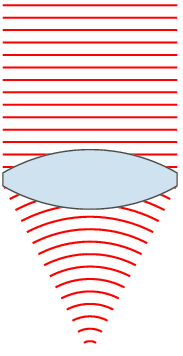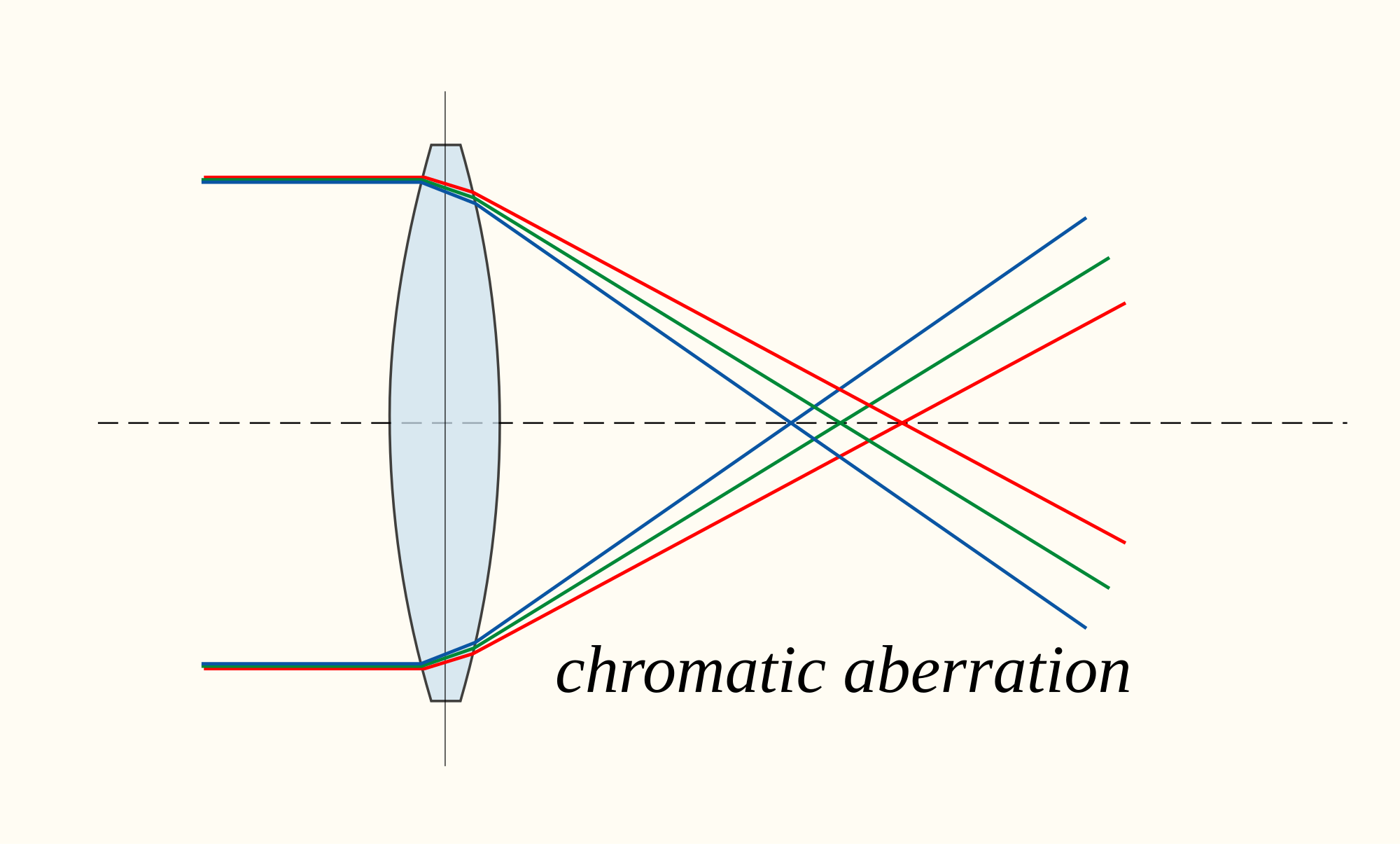Through Genius Hour, I have learned quite a bit about how our eyes and corrective lenses work. Here's an overview of the key information that I've learned:
- There are three main parts of the eye that a responsible for producing an image: the front (pupil/cornea, allows light to enter), the lens (focuses light), and the retina (converts light into nerve signals). This is sort of like a camera/lens. The pupil is like the aperture blades, the lens like the focusing mechanism, and the retina like the image sensor/film plane in the body of the camera.
- Poor vision is often caused by irregularities in eye shape. As a result, the lens cannot change shape enough (in a process called accommodation) to focus the light onto the retina. Instead, the image is formed in front of retina (nearsightedness) or behind retina (farsightedness).
- The solution to this is to refract the light before it enters the eye, so that the eye has enough power to focus the light onto retina. This is often done through corrective lenses such as eyeglasses and contacts.
For my podcast, I decided to concentrate on contact lenses because of time constraints. Here are a list of sources that I used to produce my podcast:
- https://www.cdc.gov/contactlenses/fast-facts.html (see References)
- https://www.youtube.com/watch?v=gtLDjBEFJk8
- https://www.youtube.com/watch?v=a5o289qgOAg
- https://www.fda.gov/MedicalDevices/ProductsandMedicalProcedures/HomeHealthandConsumer/ConsumerProducts/ContactLenses/ucm062319.htm
- http://www.allaboutvision.com/contacts/contact-lens-rx.htm
- https://www.ncbi.nlm.nih.gov/pubmedhealth/PMH0072432/
As I mentioned in my podcast, if we had more time, I would have loved to learn a bit more about topics such as astigmatisms, and all the prescription numbers corresponding to them. I also have some questions about different kinds of glasses, and other ways of correcting vision (i.e., laser eye surgery).
Feedback for "Genius Hour:"
Honestly, I'm a bit disappointed. I really like the concept of "Genius Hour" in that you can explore a scientific topic, but I didn't like how it was executed. It felt too constrained.
The main factor was the mandatory blog posts. The grade should just be for the final presentation/product. The blog posts didn't help because they were just a repeat of notes, and wasted time that could have been spent on learning new information on the actual topic. The blog posts also ensured that you could not change your topic, as each blog post had to refer to the previous as an extension.
Also, the requirement of a podcast offered yet another constraint. For a topic that's literally about eyes and vision, a visual aid would have allowed for better explanations and a better understanding. I'm sure many others would have also benefited from a more free format.
I feel like a better alternative could be just allowing students to pick whatever topic they like, research it, and then deliver some sort of presentation in a time frame of maybe 1-2 weeks. This allows students to work at their own pace, and create whatever product they prefer.





















